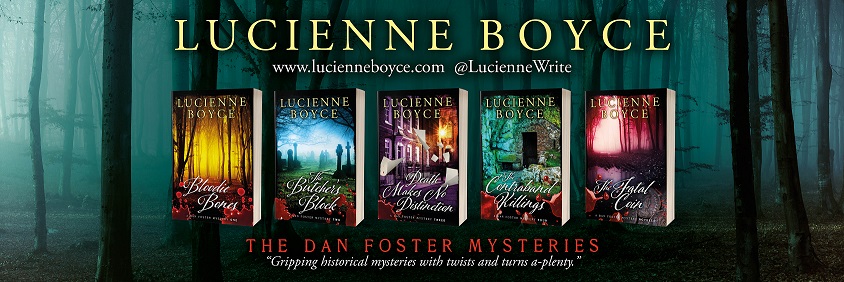In
July I wrote a blog about bad reviews and how they have always been an
occupational hazard for writers. (July 2014, Dismal Trash: The Time-Honoured Art of the Bad Review).
This time I’m looking at another
literary tradition: the brutal rejection.
Sources
Harriette
Wilson (1786–1845) was the daughter of a clockmaker in Marylebone who went on
to carve out a career for herself as a courtesan. Her clients included some of
the most rich and famous men in the land, Arthur Wellesley, the Duke of
Wellington, amongst them. Harriette also fancied herself something of a writer.
She set about writing her memoirs, but found it a “tiresome” occupation and “a
few pages” in grew tired of it. She did not give up her ambition, however. With
the encouragement of her friends, she decided to find out if her memoirs were
worth publishing. She took her few pages to John Murray, Byron’s publisher.
Harriette
approached Murray “in much fear and trembling”. She explained that she had
little confidence in her work, and sought his opinion as to whether she should
continue with it. Alas, like many a beginner she was to receive a crushing response.
Murray “looked on me with as much contempt as though Ass had been written on my
countenance”. He said, “with much rudeness”, that she could leave her
manuscript if she liked. She did so, although she was convinced that he had
already made up his mind not to look at it. The manuscript was duly returned to
her without comment, which confirmed her suspicion that Murray had not even
read it.
She
thought it “really cruel to thus damp a beginner” and says she lost whatever
shred of confidence she had in her work. She was sure it was “trash” and felt nothing
but contempt for it. However, like many a writer before and since, in spite of
these protestations she did not quite believe it as bad as all that and she did
not give up. Unable to face admitting that the work was her own, she submitted it
anonymously to another publisher. She insisted that she did so only to obtain
confirmation that it was no good in order to stop herself from again falling
prey “to the mania of scribbling”. Four days later she received a letter
telling her that he wanted to publish her memoirs. Author and publisher would
share the expenses and the profits.
The Memoirs of Harriette Wilson, Written
By Herself was
published in four volumes in 1825. The book was an immediate success. Thirty
editions were printed in its first year, and the publisher’s office was
besieged by members of the public wishing to buy a copy.
And
again like many a writer before and since, Harriette dreamed of getting her
revenge on the publisher who had so cruelly rejected her. If she had been
capable of writing poetry, she declared, she would have sent Murray some verses
thanking him for being so rude to her. The man she had thought would be wiser than
anyone else, whose decree “I will stand by”, became “old, purblind Murray” as
soon as he failed to see the merit in her work.
Was
Harriette’s writing any good? Sir Walter Scott did not think so: “the wit is
poor, but the style of the interlocutors exactly imitated”. Harriette’s biographer
K D Reynolds describes a subsequent novel (Clara Gazul,
1830), as “weak”.
I
think the truth is that Harriette really did not care all that much about the
quality of her work. Her goal – and one she spectacularly met – was to make
money. She ensured her book’s profitability even if it did not sell by charging
former clients £200 apiece to be left out of it. She kept this lucrative blackmail
racket going until 1830. Interestingly, a friend of Harriette’s had advised her
to use her own name in the Memoirs as
this would ensure it sold – making it an early example of a celebrity best-seller.
In the event Harriette was able to retire comfortably on the profits from book
sales.
I
can’t help suspecting that John Murray was not so “purblind” to the book’s literary
merit after all – though he did miss out on a commercial opportunity!*
* Or
perhaps not – I was amused to notice that the paperback edition I have was originally
published by John Murray in 1957!
Sources
K
D Reynolds, ‘Wilson , Harriette
(1786–1845)’, Oxford Dictionary of National Biography, Oxford
University Press, 2004; online edn, Sept 2010 [http://www.oxforddnb.com]
Harriette Wilson’s Memoirs, ed Lesley
Blanch, (London: Phoenix Press, 2003)

Comments
Post a Comment